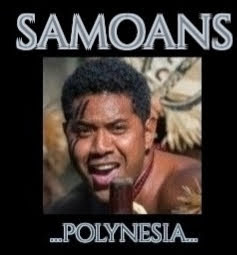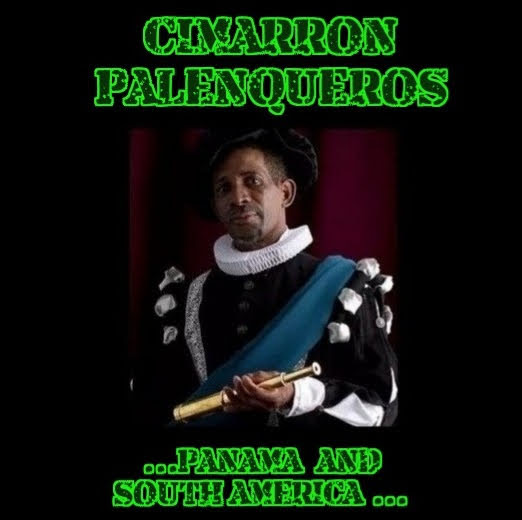Joseph the 11th son of Israel
Joseph the Garifunas…… The Garifuna people (/ˌɡɑːriːˈfuːnə/ GAR-ee-FOO-nə[3][4] or Spanish pronunciation: [ɡa’ɾifuna]; pl. Garínagu[5] in Garifuna)[a] are a mixed African and indigenous people who originally lived on the Caribbean island of Saint Vincent and speak Garifuna, an Arawakan language, and Vincentian Creole. The Garifuna are the descendants of indigenous Arawak, Kalinago (Island Carib), and Afro-Caribbean people. The founding population of the Central American diaspora, estimated at 2,500 to 5,000 persons,Continue Reading










